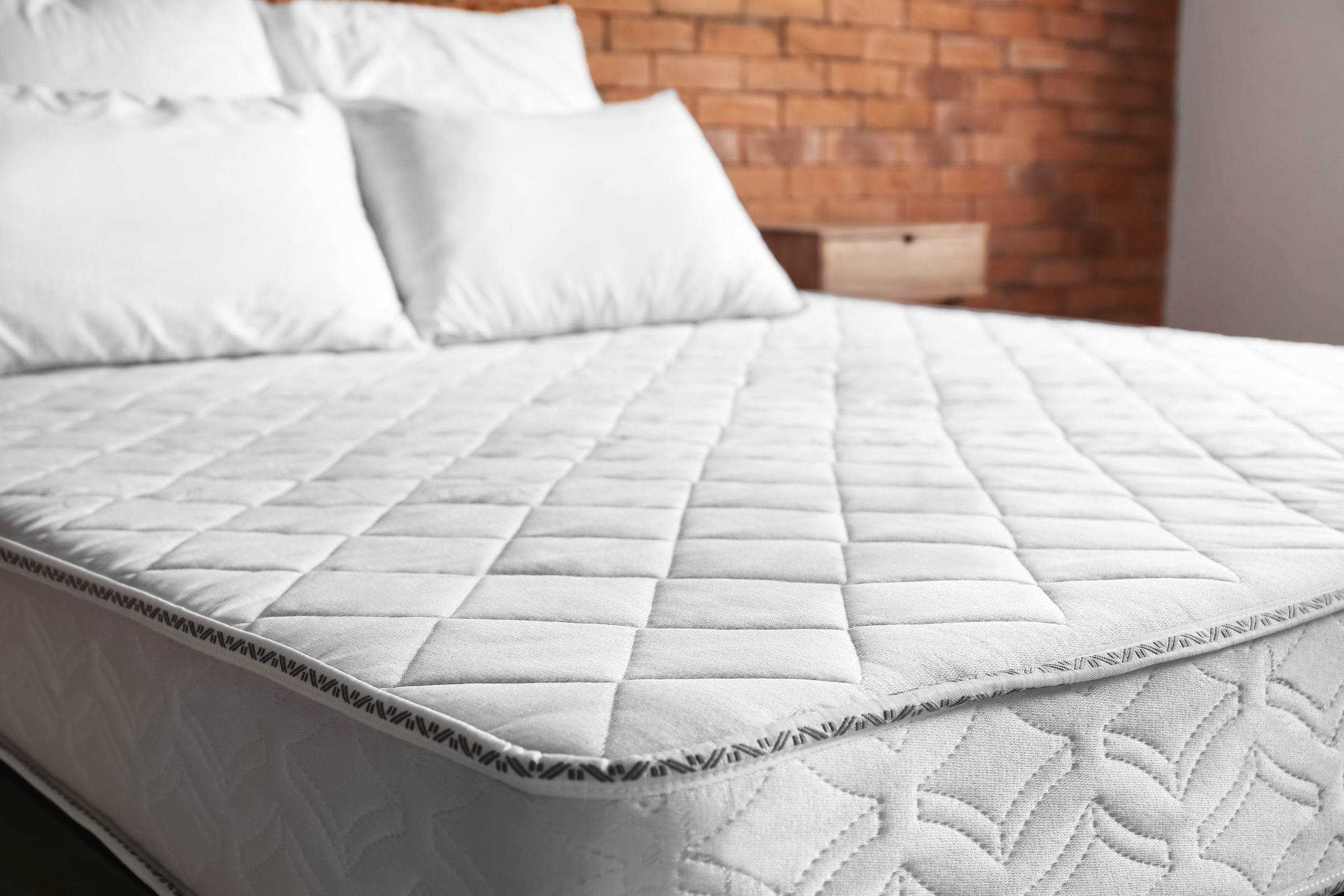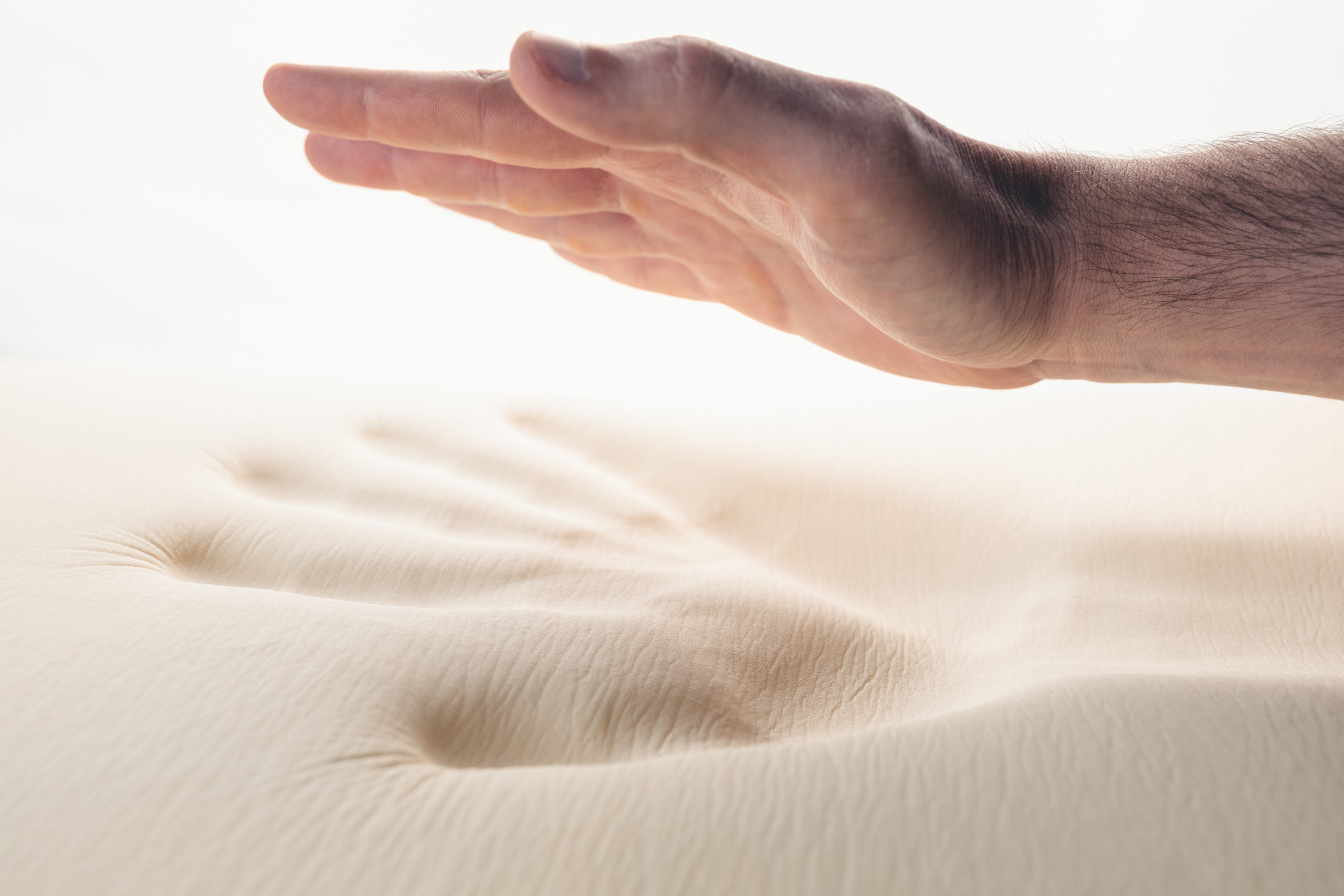Once upon a time, when you wanted a new mattress, you simply stopped into your local mattress dealer. Your options may have been limited but it was quick and fairly painless to find the best comfortable mattress for you.
Today, with new online mattress companies popping up all the time, the options are endless — and while it can be overwhelming, it’s not necessarily a bad thing. Now it’s possible to find the perfect mattress that suits your sleeping position and preferences. But how do you choose?
Here’s what you need to know about the different types of mattresses to help you decide which option is the most comfortable mattress for you.

Innerspring vs. Foam
Spring mattresses were the standard for decades, and for good reason. They were easy to make, affordable for buyers, and they did what they were meant to do. Innerspring mattresses are very responsive and supportive, and they support airflow which is a boon for hot sleepers. On the downside, they could be loud and somewhat lacking in both pressure relief and motion isolation.
Enter the memory foam mattress. Memory foam is a unique material that was developed by NASA engineers in the 1960s, originally for aircraft but later adapted for bedding. It offers excellent pressure relief, strong motion isolation, and it has a contouring effect that many find incredibly comfortable. On the downside, foam tends to retain heat and it may be lacking in edge support.
The bottom line is if you’re looking for a basic mattress and you have a limited budget but aren’t too concerned with longevity, an innerspring mattress could be just fine. Back and stomach sleepers often find spring mattresses comfortable and supportive, though side sleepers often prefer the contouring comfort of memory foam. If you have back pain, memory foam might be the way to go.
Hybrid vs. Foam
If you’ve already stricken spring mattresses from your list, you may want to take a moment to consider a newer option: the hybrid mattress. These mattresses are typically constructed with a coil base topped with layers of foam or latex. What makes these mattresses better than traditional innerspring mattresses is that they often incorporate individual coils rather than one continuous wire.
Individual coils are often encased in fabric – they’re also known as pocketed coils. These coils offer above-average motion isolation and contouring compared to traditional continuous coils, but they are just as supportive, and they still offer good breathability. You’ll pay a little bit more for them, but it’s worth it. In a hybrid mattress with pocketed coils, you still get the responsive feel of springs but they’re a little bit quieter and they’re a better option for couples and light sleepers.
Compared to a hybrid mattress, memory foam mattresses are usually much cheaper, and they still beat out the competition in contouring and pressure relief. Where hybrid mattresses have the advantage is in breathability and edge support. The coil base helps keep the memory foam comfort layers from sinking too far – this can be a benefit for heavier sleepers, as well.
Latex vs. Foam

Before you go all-in on a memory foam mattress, there’s one more option to consider: latex. Latex is very similar to memory foam in terms of feel and support, but it has a little more elasticity to it. People who sleep on memory foam mattresses often report a feeling of sleeping “in” rather than “on” the mattress. If that sounds familiar, you may prefer the faster response time and increased bounce that latex has to offer. Latex also tends to dissipate heat a little better than memory foam.
When considering a latex mattress, you should know that there are different types. Natural latex is harvested from rubber trees and processed naturally to create the foam-like material. Synthetic latex is made from a variety of materials, but usually styrene-butadiene rubber (SBR). Natural latex offers excellent durability, though it is more expensive than synthetic latex.
When it comes to natural latex, again, there are several different types. Dunlop latex is named for the process through which it is manufactured which involves pouring latex into a mold. Because the material settles a bit, it results in a material that feels denser at the bottom and softer at the top. Talalay latex is also poured into a mold, but air is injected to crease a slightly less dense material but one that is more consistent from top to bottom in terms of feel.
With so many different mattress types to choose from, it’s important to do your research before making your final selection. Fortunately, many online mattress companies offer generous in-home trials so, even if you don’t end up liking the one you pick, you probably won’t be stuck with it forever.
Frequently Asked Questions
What is the best mattress for back pain?
If you suffer from chronic back pain and find it difficult to get comfortable at night, you may want to consider a memory foam mattress. These mattresses contour to the shape of your body, delivering custom pressure relief where you need it most.
What type of mattress is best for side sleepers?
Side sleepers often struggle with shoulder, hip, and neck pain. A memory foam mattress is a great choice because it cushions you around the shoulders and hips to relieve pressure. If you’re a heavier side sleeper, you may find the additional support of a hybrid mattress most comfortable.
How firm should a mattress be?
Firmness is largely a matter of preference, but you should also consider your body weight and sleeping position. The heavier you are, the firmer your mattress should be to deliver the optimal degree of support. Back and stomach sleepers generally prefer firmer mattresses as well while side sleepers do best with something medium-firm.
